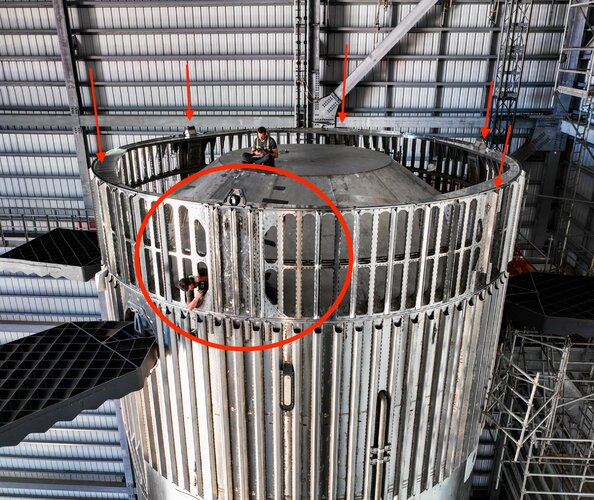- Joined
- 21 January 2015
- Messages
- 12,137
- Reaction score
- 16,297
For me it’s a fact that firing so many of these new engines at the same time in such a close space is still a relatively new thing.Replace those four?
Were they in the same position as the ones that failed previously?
Maybe some kind of back pressure flow artifact at certain locations?
Or just bad engines?










